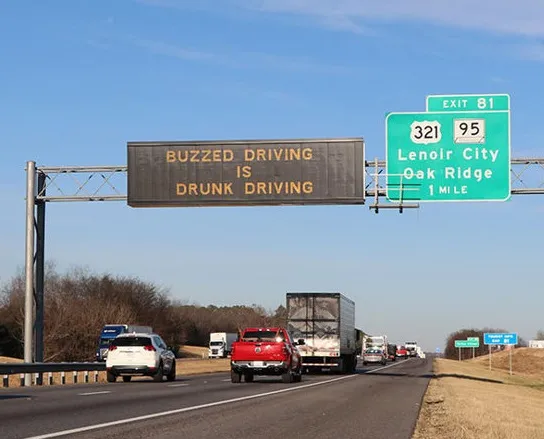Perceptics, working in conjunction with Unisys Federal Systems, has been awarded a key contract by US Customs and Border Protection to replace existing licence plate reader (LPR) technology, and to install Perceptics next LPRs at 43 US Border Patrol check point lanes in Texas, New Mexico, Arizona, and California.
Perceptics LPR integrates vehicle and surrounding scene and driver images and offers a range of features that provide personnel at border checkpoints with high quality images and high licence pl
March 8, 2016
Read time: 2 mins
Perceptics LPR integrates vehicle and surrounding scene and driver images and offers a range of features that provide personnel at border checkpoints with high quality images and high licence plate read rate accuracy of all characters with state/province of origin identification in all weather conditions.
“Our technology is clearly preferred by North American border agencies due to our ability to provide such highly accurate and reliable data,” said Perceptics’ CEO John Dalton. “In addition, we are thrilled to be working with our integration partner Unisys Federal Systems to begin installation in February of 2016, and further build on our three-decade partnership with US Customs and Border Protection.”









